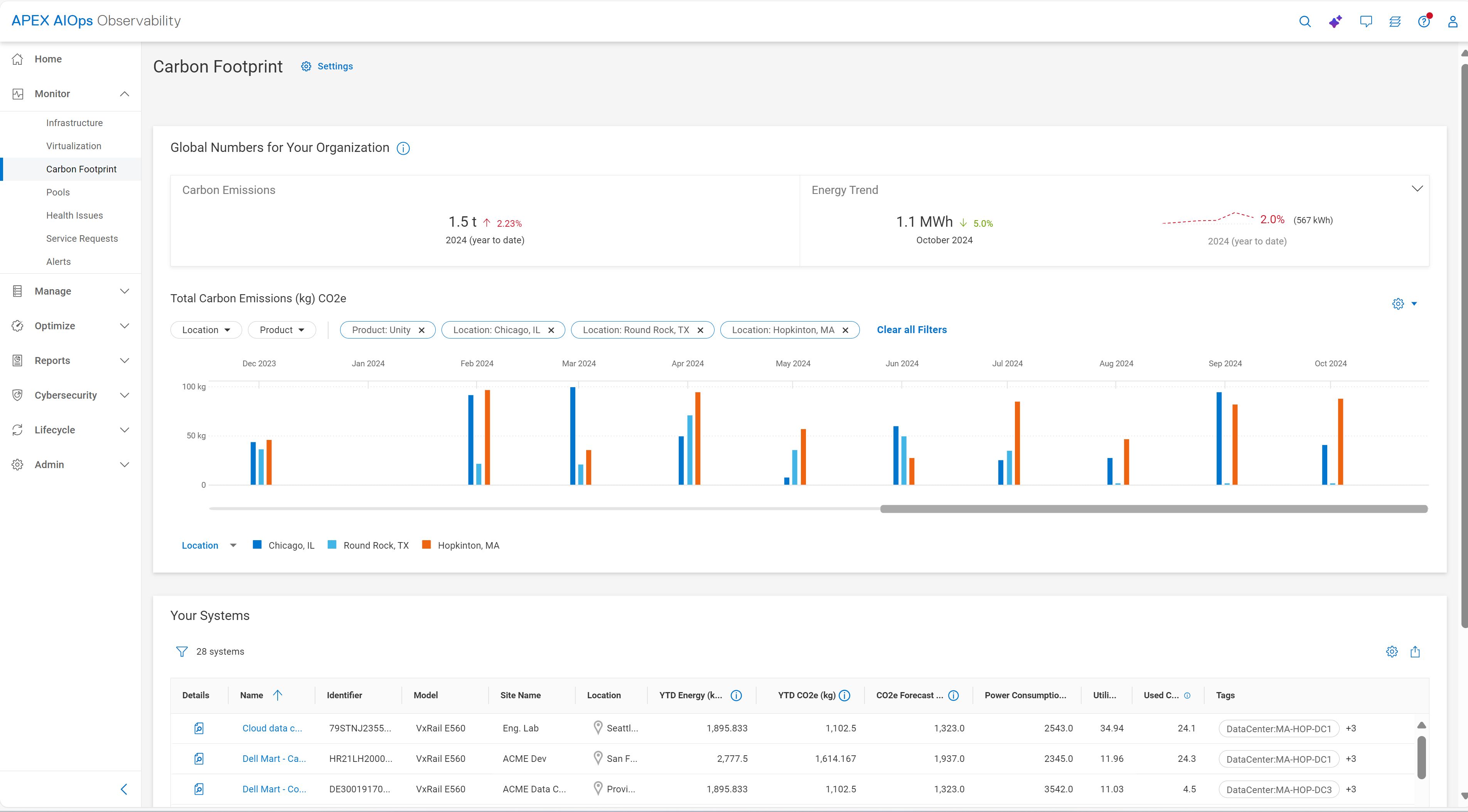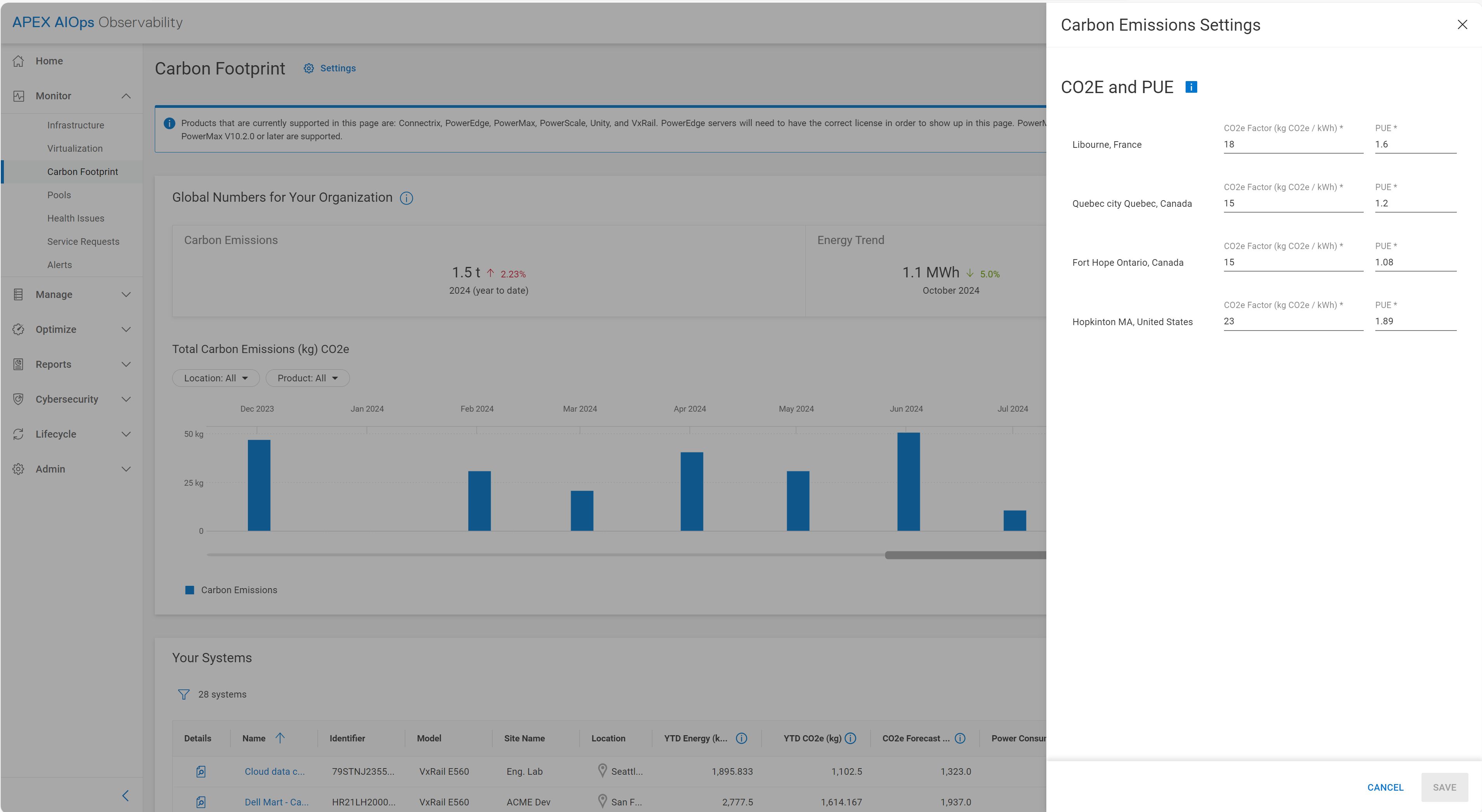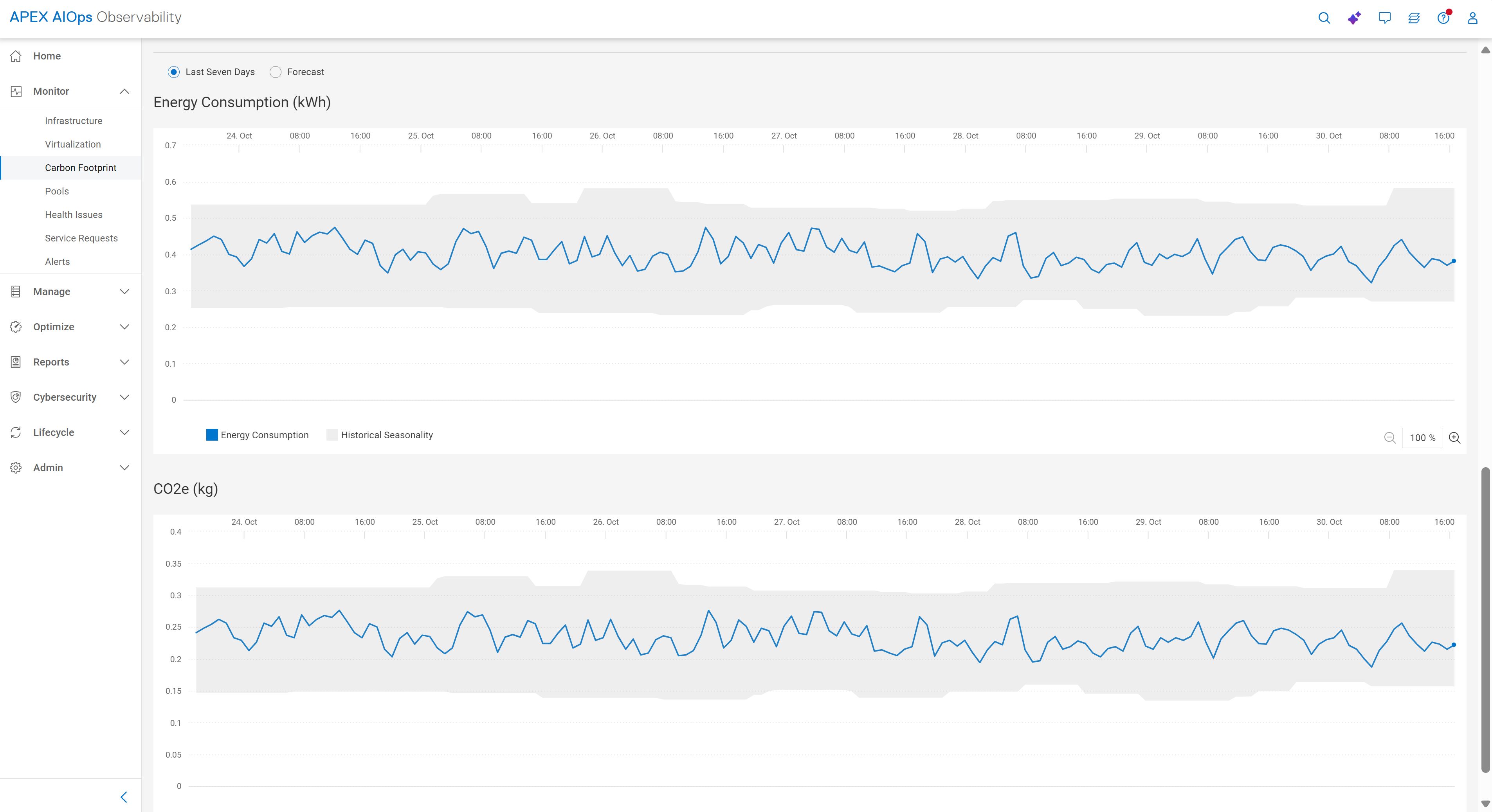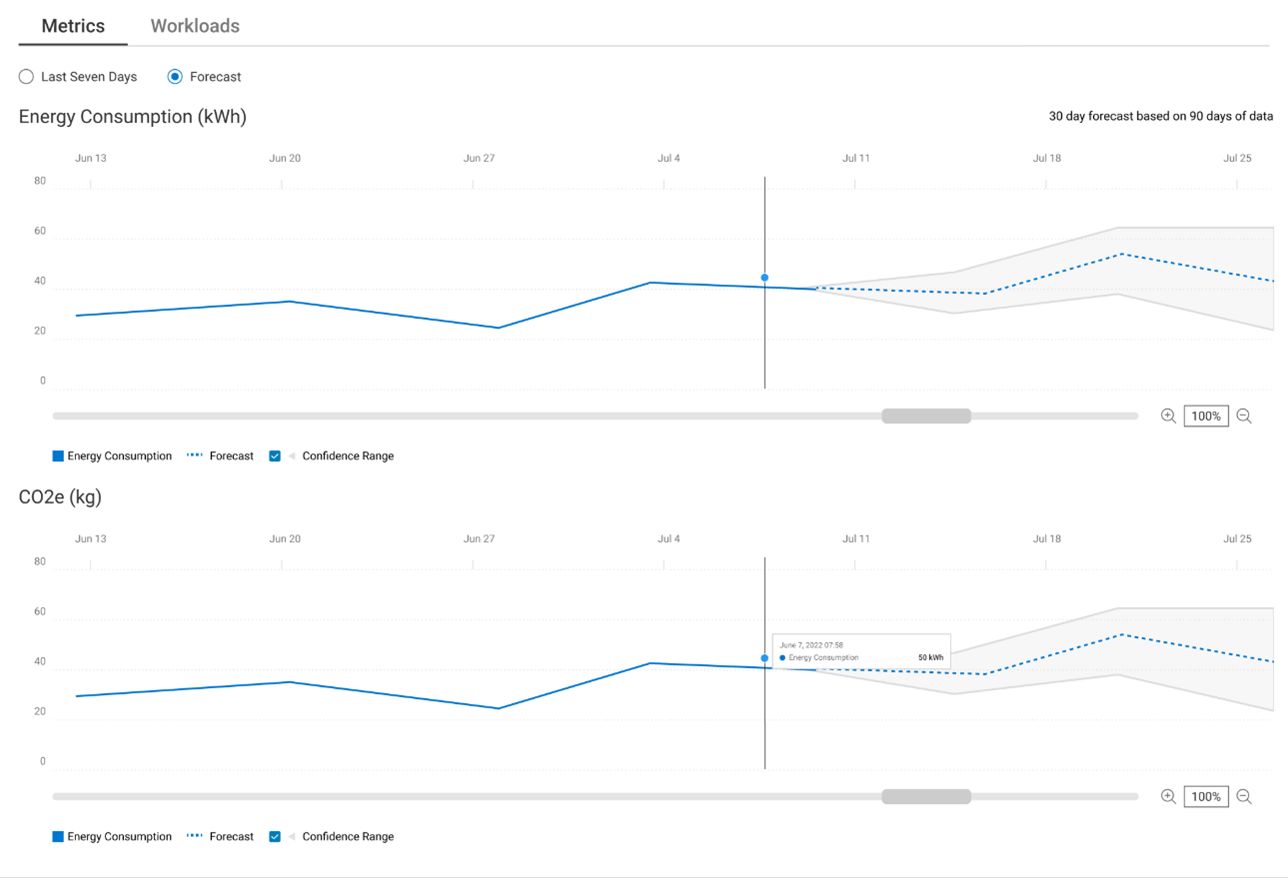
Designers
Corinne Schulze, Ming Qian
Year
2025
Category
Product
Country
United States
Design Studio / Department
Experience Design Group, Dell Technologies

Three questions to the project team
What was the particular challenge of the project from a UX point of view?
A key UX challenge was to create an intuitive, user-friendly interface that effectively communicates complex sustainability data to a diverse range of users, including IT administrators, sustainability experts, and business leaders. This required careful consideration of user needs, goals, and behaviors, as well as the development of a clear and concise information architecture and visual design strategy. A mix of technical and business users required a nuanced approach to ensure that every user group could understand complex concepts and leverage the technical data to reach their objectives. This solution presents sustainability information in a way that is easy to grasp, actionable, and relevant to each users’ goals.
What was your personal highlight in the development process? Was there an aha!-moment, was there a low point?
One of the most rewarding moments in the development process was when we realized that customers were yearning for granular insights into their IT infrastructure's CO2e emissions and how it could help them to reach their sustainability goals. By providing the ability to drill down into specific metrics, we empowered users to make informed sustainability decisions. This shift from a high-level overview to a detailed breakdown allowed organizations to pinpoint areas for optimization, prioritize initiatives, and ultimately reduce their carbon footprint. It was a 'aha' moment for us, realizing that our design was not only aesthetically pleasing but also functional and user-friendly.
Where do you see yourself and the project in the next five years?
We aim to proactively empower customers in achieving their sustainability goals. In five years, we envision this platform to be a cutting-edge AI powered comprehensive platform that leverages AI and other advanced technologies to analyze power usage and emissions data within their environments. By identifying unique organizational priorities and integrating various users’ systems, we can generate tailored recommendations to optimize resource consumption and reduce carbon footprint. The platform will help to reach users’ sustainability objectives, mitigate the impact of climate change, and protect the planet for future generations.


